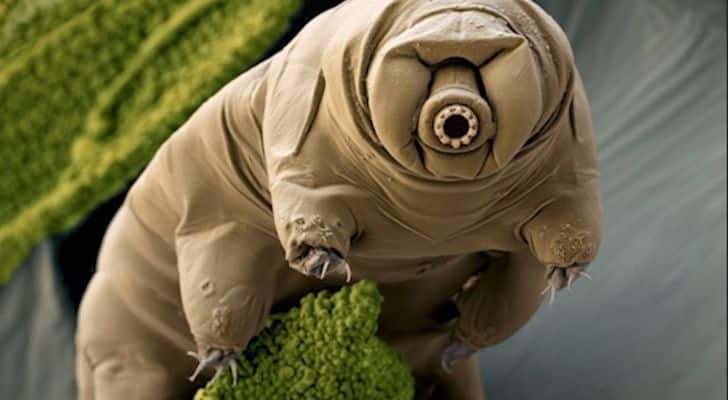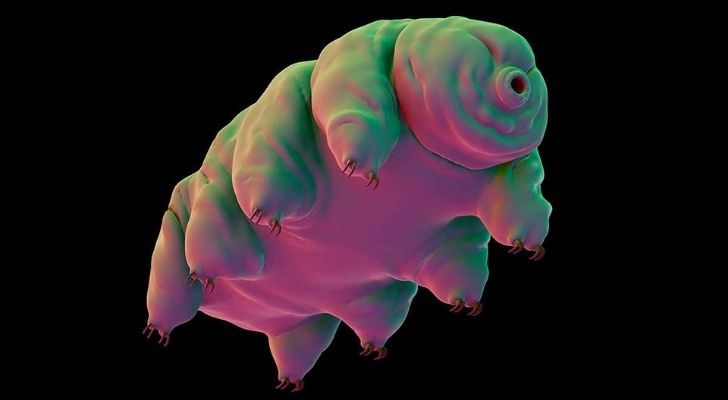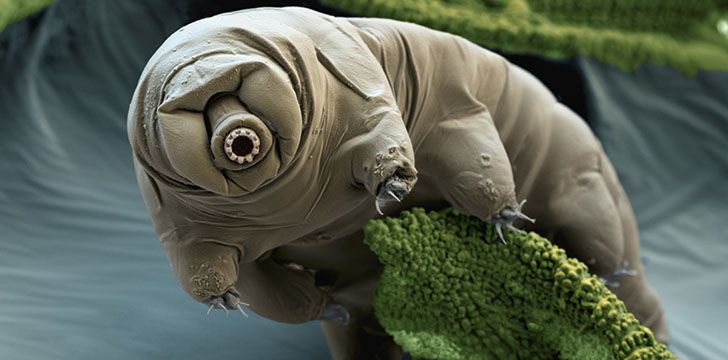Everyone knows about the range of the very impressive species we have here on Earth, all capable of outliving us weak-skinned humans.
Take for example, the cockroach – capable of surviving a nuclear explosion. But have you ever heard of the micro-wonder that is the Tardigrade?
Well, here we’re going to discover the Tardigrade, finding out how it survives blistering heat, out-of-this-world pressure, and many more awe-inspiring conditions.
What is a tardigrade, I hear you say?

Some believe they could be extra-terrestrial simply due to their immense and strange attributes.
They are eight-legged beings that measure an average of 1mm, with the smallest critters measuring a measly 0.05mm and the largest 1.2mm.
Discovered in 1773 by Johann August Ephraim Goeze, they can also be referred to as moss piglets.
Unbelievably, they are capable of surviving almost every situation, including radiation and the pressure of space for numerous days.
Where do they live?

When it comes to climate requirements, they have a huge range of livable temperatures from -328°F to 300°F, or -200°C to 149°C.
Where do you find these juggernauts of our wonderful planet, I hear you ask?
Well, tardigrades live in a variety of environments, from rain forests to mountain tops, but they prefer the briny deep, living on lake bottoms hidden among mossy lumps.
The name “Tardigrade” was given to this animal in 1776, and it actually derives from the Italian for Slow Stepper or Tardigrada.
Why are they so cool?

As we have mentioned, the Tardigrade is quite a resilient being. It utilizes its cryptobiosis state, which is when the creature is in an almost death-like state or suspended animation until it reaches preferable conditions and re-emerges as its usual self.
This suspended animation is impressive enough, but can you believe they’re capable of surviving supernovas?
Not to mention, they can fight off the need to eat for an astounding 30 years through this process!
According to certain research, these wonderful creatures have a downside, though. They can turn to cannibalizing their fellow Tardigrades if they need to, but usually live on algae and moss.
Over a period of 500 million years, these mini miracles have outlived five mass extinctions.
In some cases, they can essentially clone themselves by growing embryos inside eggs that have had zero fertilization from any other host.
So there we have it! The Tardigrade, or water bear as they’re also sometimes called, is quite an impressive creature.
They’re definitely not the prettiest, largest, or fastest things in the world, but they are unbelievably interesting! I mean, what other creature is capable of withstanding a gamma-ray burst?

















